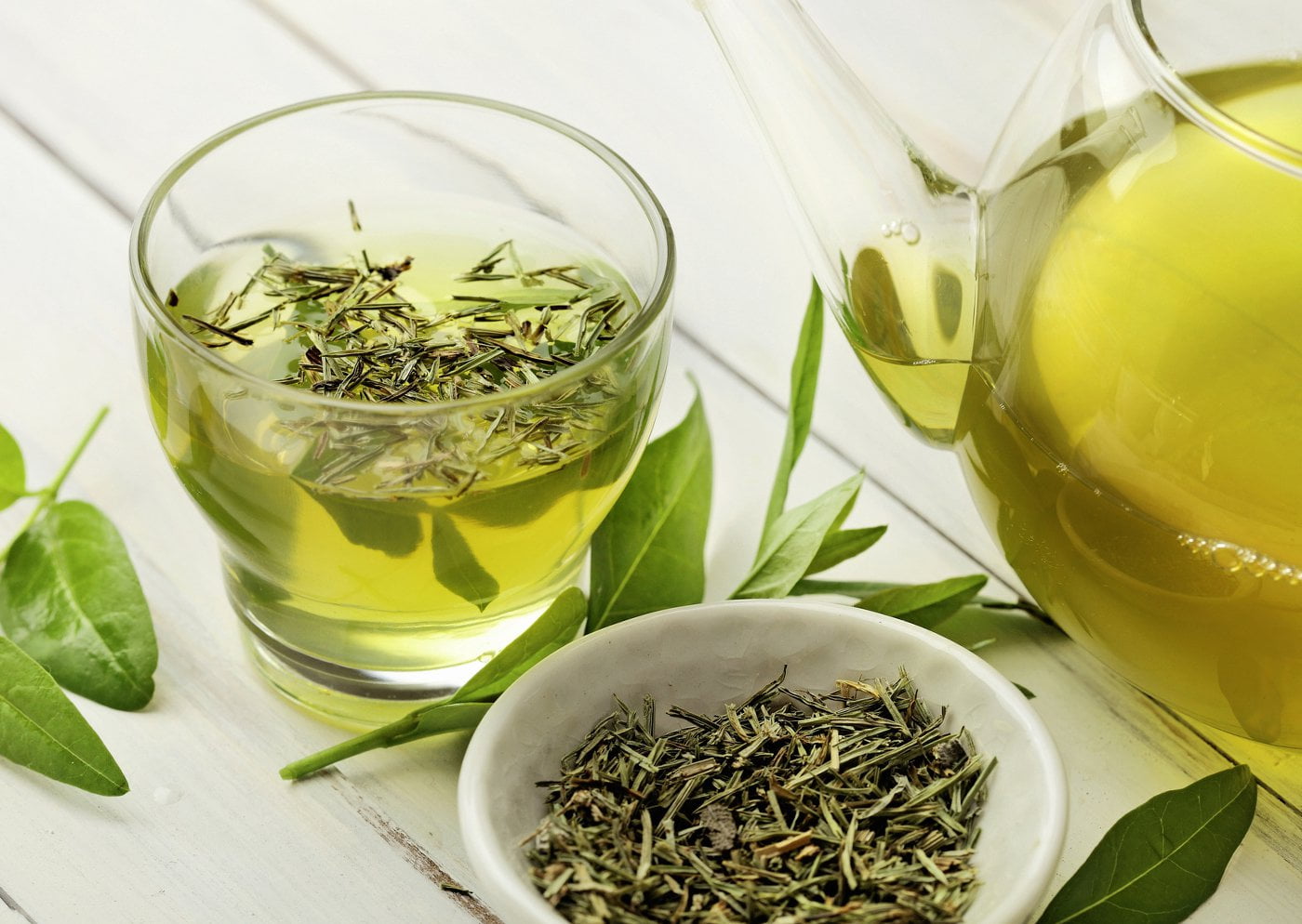
What Is White Tea?
White tea is created from younger, springtime tea leaves that are historically grown inside the Fujian province of China. The dried tea is thought of for its withered small leaves and buds that look barely fuzzy. When brewed, it’s miles normally light gold in coloration with a floral fragrance. Depending on the form of white tea, the taste can range from woody to sweet to floral with light, fruity notes. When brewed well, it is usually much less sour and assertive than black tea.
Uses
White tea is commonly consumed freshly brewed and warm. Because of its diffused taste, sweeteners and milk aren’t usually delivered, and it’s far frequently served on its very own or with a light snack. A morning or afternoon tea damage is the appropriate way to fully recognize this sensitive warm tea.
How to Drink White Tea
White tea need to be brewed at an especially low temperature that allows you to preserve the tea’s fresh traits. Use clean, pure water (now not distilled) that is not but boiling, ideally 175 to 190 F. Note that water boils at 212 F, so the water has to be hot however now not quite simmering. Most white teas will want to steep for as little as one minute or as much as five minutes. Some sorts will become astringent and bitter if left too steep for too lengthy, or brewed with water that is too hot.
The amount of tea needed will rely on the leaves—if the combination is compact buds, then as low as a teaspoon for an 8-ounce cup will suffice. If the tea is made of open, light-weight leaves, use a tablespoon consistent with the cup. Taste the tea before adding any sugar or different elements—it possibly may not need it.
Types of White tea
The white tea we know nowadays become the first commercially created from the very first white tea plant sorts discovered in China’s Fujian province inside the 1700s—Da Bai and Da Hao. A loose-leaf model of white tea was advanced from these flowers known for generating massive and beautiful tea buds.
Because those minimally processed and delicate teas made from younger buds had been hard to store and ship without spoiling, white teas have been hardly ever to be had outside of the tea developing areas in the Fujian province. As free leaf tea production strategies progressed, the technique for creating white teas extended beyond the Fujian province and into different areas of the arena thirsty for an unprecedented and terrific tea.

Today, many countries out of doors China are cultivating their variations of white tea from different tea plant types. Some of the most popular white tea varieties consist of:
- Bai Mudan (White Peony): This newer kind of white tea is cultivated in China and different nations around the arena. It may be cultivated from an authentic Chinese white tea bush or every other variety. It typically includes a few buds blended with unfurled or barely opened young tea leaves.
- Monkey Picked White Tea: Rumored to once be harvested by Buddhist-trained monkeys from the highest wild tea treetops in mountainous regions of China, “monkey-picked” is used today to indicate a great Chinese tea crafted from the buds and younger leaves of the tea plant.
- Darjeeling White Tea: This variety isn’t cultivated from the unique Chinese white tea plant variety but tea flowers local to the Darjeeling region of India. The processing technique is just like the Fujian white teas, however, the taste profile tends to be a lot exclusive.
Tasting white tea
Just like with the Chinese Emperors and courtesans of historic instances, white teas are still revered today for his or her delicate, uncommon, and exquisite aromas and flavors. Most white teas are still handpicked and hand processed, making them a real delicacy to sip in appreciation of the artisanship that went into their making.
Some commonplace developments used to describe the overall taste profile of the white tea class encompass floral, grassy, honey, fruity, melon, peach, apricot, vanilla, chocolate, citrus, herby, slight, subtle, delicate, and candy.


